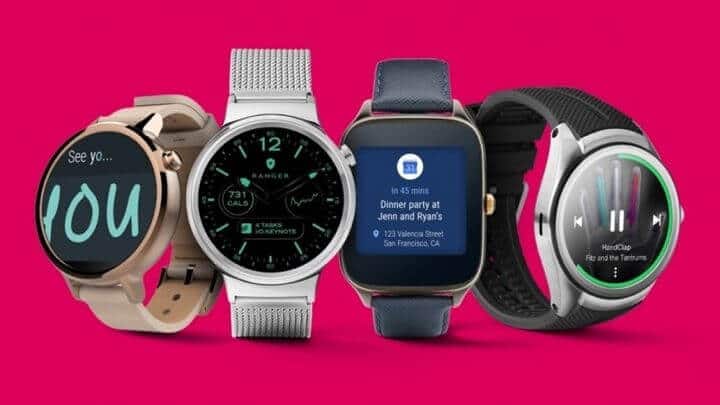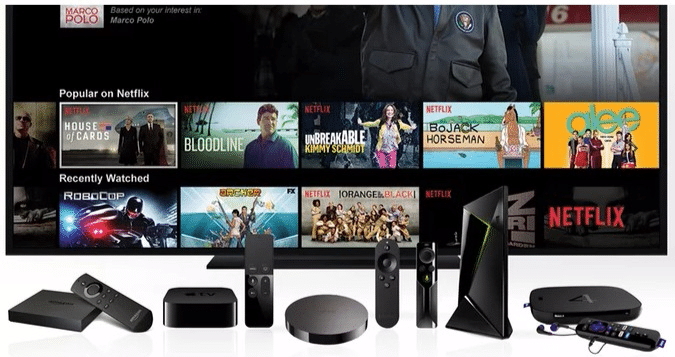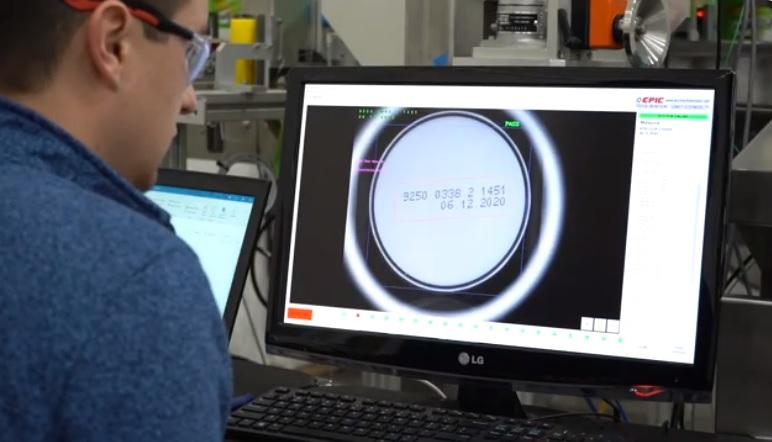Android 2.0 Wear presents various new features and functions, such as complications, layout curves, navigation drawers and extensive action and notifications. Newer version 2.0 can also generate standalone applications that work independently of the pocket applications.
The new wrist movements allow interactions with your application. The following sections illustrate these features and provide links to help you get started using them in your application.
Wear Installation Android 2.0 Wear Packages
To build a version 2.0 Wear app with Xamarin Android, you need to add the Xamarin Android Wear v2.0 package for your project.
Xamarin Android Wear v2.0
This NuGet package contains links for both the support of Android Mobile and Compact Wear libraries.
In addition to Xamarin Android Wear, we recommend installing the Xamarin.GooglePlayServices.Wearable NuGet
Source : smartwatch.me
Key Android 2.0 Wear Features
Android 2.0 Wear is the biggest Android Wear update since its initial launch in 2014. The following sections illustrate the key features of Android Wear version 2.0, and links are provided to help start using these new features in your application.
Source : smartwatch.me
Complications
Complications are similar to desktop style dashboard widgets; they display information such as weather, battery life, calendar events and statistics to the suitability of the application:
Navigation and Drawers of the Action
Two new bins are included in the 2.0 version wear. The navigation drawer, which appears at the top of the screen, allows users to navigate between the views of the application (as shown on the left below). The action drawer, which appears at the bottom of the screen (as shown on the right), allows users to choose from a list of actions.
Arc Arrangements
Wear 2.0 introduces new features for displaying provisions on wear-round devices. Specifically, the new Wearable Recycler View class is optimized to display a list of vertical elements on rounding screens:
Standalone Applications
2.0 to carry Android applications can work independently of the pocket applications. This means that, for example, an active spy can continue to offer full functionality even if the Companion handheld is disabled or remote from the mobile device. For more information about this feature, check out the Android standalone apps section.
Source : iandroidcentral.com
Wrist Movements
Wrist movements allow users to interact with your application without using the touch screen – users can respond to the application with one hand. The two wrist movements are supported:
This introduction provided an overview of Android Wear. It describes the basic features of Android Wear and includes an overview of the features introduced in Android 2.0 Wear. It provided essential reading links to help developers get started with Xamarin Android Wear Development.
How to Update Android 2.0 Wear and Install the Latest Version
Updating Android to the latest available version is a relatively simple operation, but you still need to know where to look. Having the latest version of the OS is very important because it can bring fixes, more security, more performance or new features and a new interface. Follow the guide, we tell you how to take advantage of the latest updates.
Android 2.0 Wear Update in 3 Steps via Settings
- Go to your phone settings
- Then in the About section (usually at the bottom)
- Tap Software Updates
An update search will start automatically. Then you will be shown if your tablet or smartphone can be updated. If an update is available, you can download it, so make sure you have a stable internet connection. Once the update downloaded, you will be offered to install it; during the installation your device will not be usable.
Manual Update of Android 2.0 Wear via an Official ROM or Custom ROM
- Go to the support pages of your manufacturer
- Download the latest available ROM for your smartphone
- Follow the instructions specific to your smartphone, provided by the manufacturer
Alas, your smartphone will not always be eligible for the latest version of Android. Everything depends on the model of your device, sometimes your operator and in any case the goodwill of the manufacturer.
The duration of software support offered by the manufacturer is generally between 18 and 24 months, but it can go well beyond at OnePlus or Sony for example. You will find here the list of smartphones that are or will be compatible with Android Oreo. You can also click here to find out which smartphones are or will be compatible with Android P.







